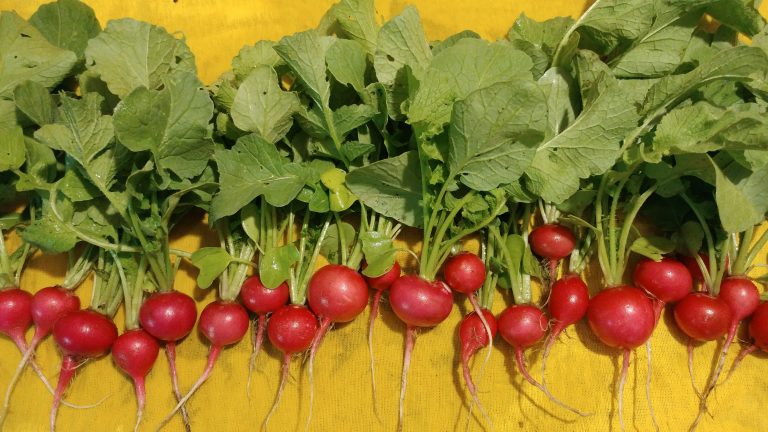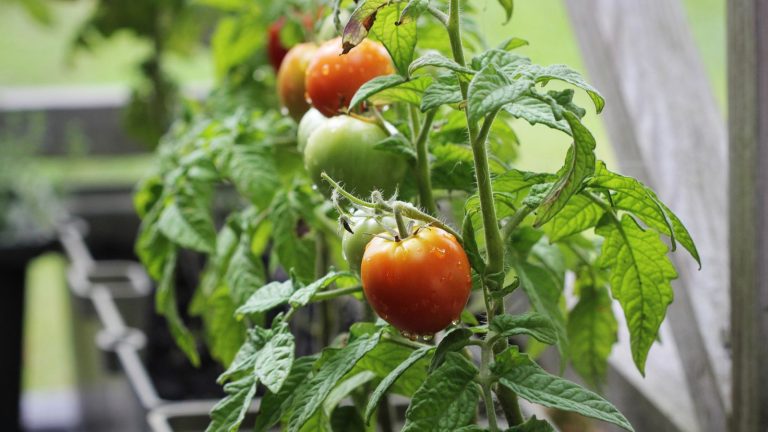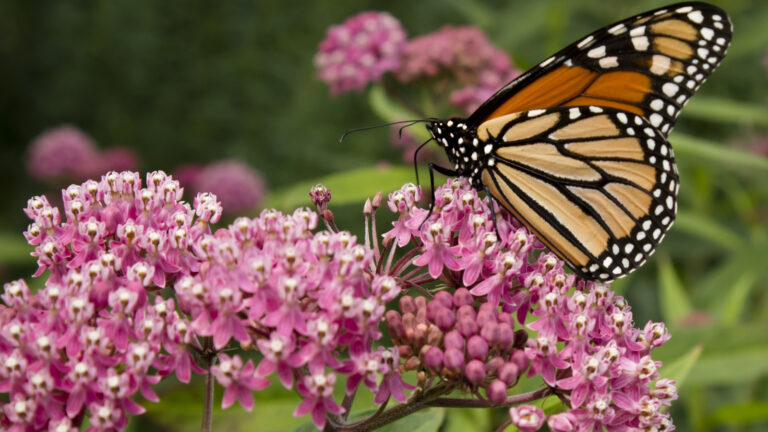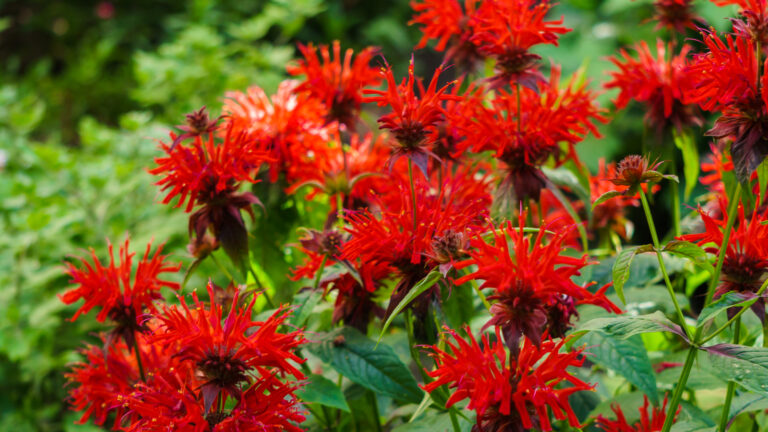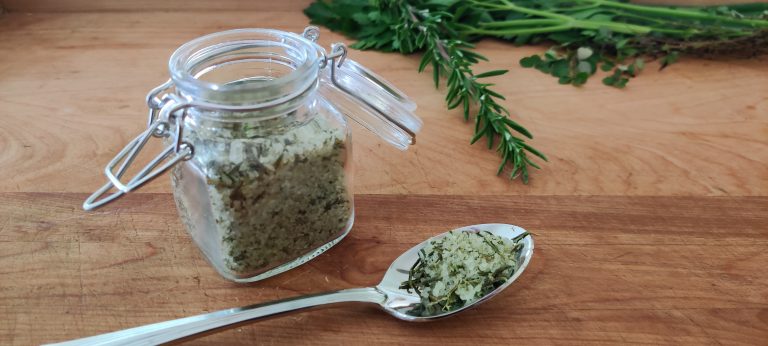This post may contain affiliate links.
The dandelion is a hardy plant that can grow in a wide range of habitats, and it has a long taproot that makes it difficult to remove from the ground.
You may think of dandelions as pesky weeds, but these flowers actually have several great qualities.
Dandelions can be used in your yard to improve the soil quality and can also be eaten or used in natural remedies. In addition, they are a great early flower for pollinators.
That said, let’s explore all the ways you can use dandelions.
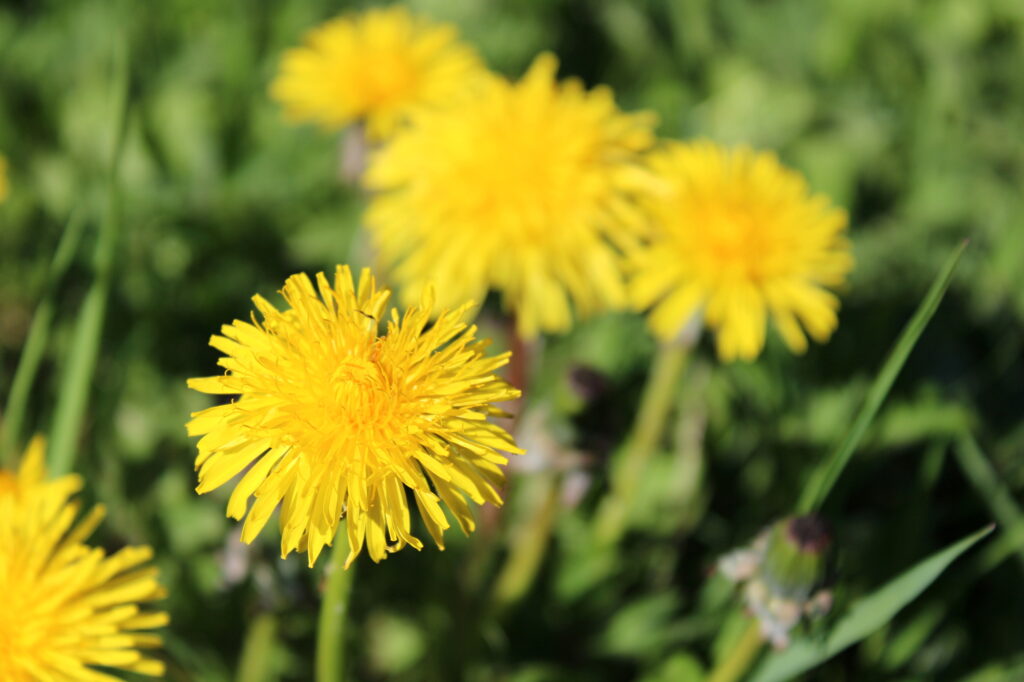
What are dandelions?
So, what exactly is a dandelion? And why do people have such strong feelings about it? Dandelions are actually a member of the sunflower family, and are native to Europe and Asia.
The dandelion gets its name from the French word for “tooth” (dent), referring to the jagged shape of its leaves.
This, combined with its prolific seed production (each flower can produce up to 200 seeds!), makes the dandelion a plant that is very difficult to control.
While some people see dandelions as nothing more than weeds, others have come to appreciate their many benefits. So really, whether you consider the dandelion a weed or a beneficial flower is all about perspective.
In traditional Chinese medicine, dandelions are used to treat liver problems, while in Ayurvedic medicine, they are considered an “adaptogen,” meaning they help the body cope with stress.
For centuries, they have been used to treat disorders such as diarrhea, indigestion, and constipation. The leaves are high in vitamins A, C, and K and fiber. The roots are a good source of inulin, a prebiotic fiber that can help improve gut health.
Uses for Dandelions
1. Great Source of Food for Bees
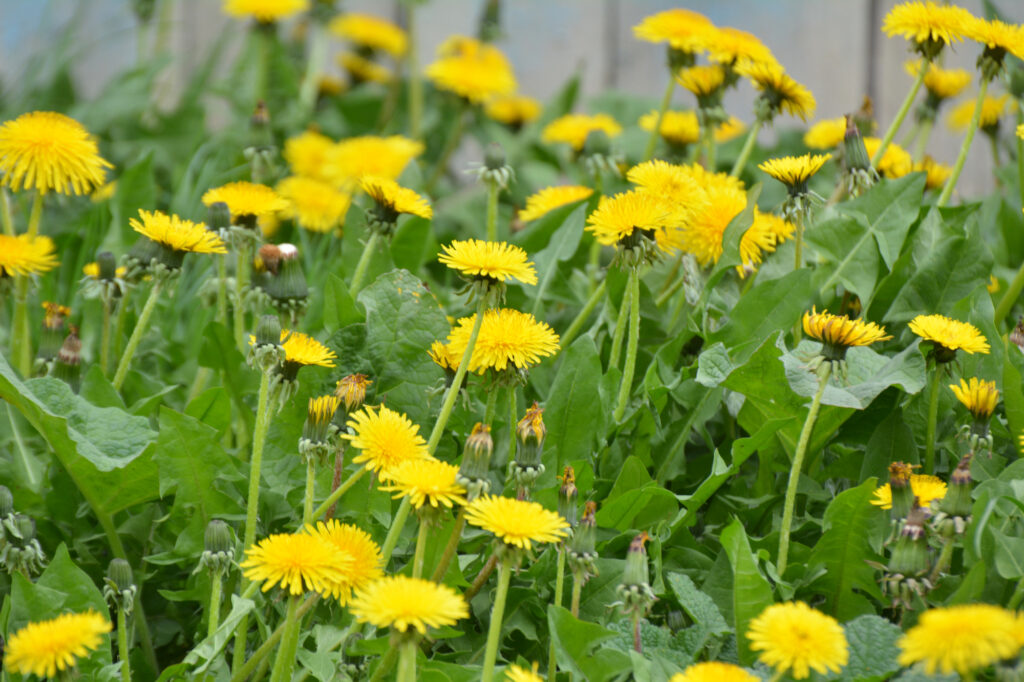
At first glance, dandelions may not seem like much. But dandelions are actually quite amazing! In the ecological sense, dandelions are a great source of food for bees and other pollinators. They attract pollinators, which help your vegetables and fruit grow.
If you are a beekeeper or want to become one, you’ll appreciate this early flower that kicks off pollination season for your bees.
2. Helpful in Aerating the Soil

Dandelions are also helpful in aerating the soil and enriching it with nutrients. Their deep roots help break up compacted soil and pull nutrients like potassium and calcium up to the surface, making them available for other plants. They can also help to hold soil in place, preventing erosion.
7 Natural Ways to Add Nitrogen to Your Garden Soil
3. The Entire Plant is Edible
From a health and human use perspective, dandelions contain a number of vitamins and minerals that can be good for your health. The entire dandelion plant is actually edible – from root to flower. And each part can be used in different ways.
4. Dandelions are Easily Accessible
Dandelions are also free! You don’t have to plant dandelions or propagate them, just let them grow and harvest in the wild (just be sure you are harvesting from lawns that have not been chemically treated).
5. Can Be Great For Crafts
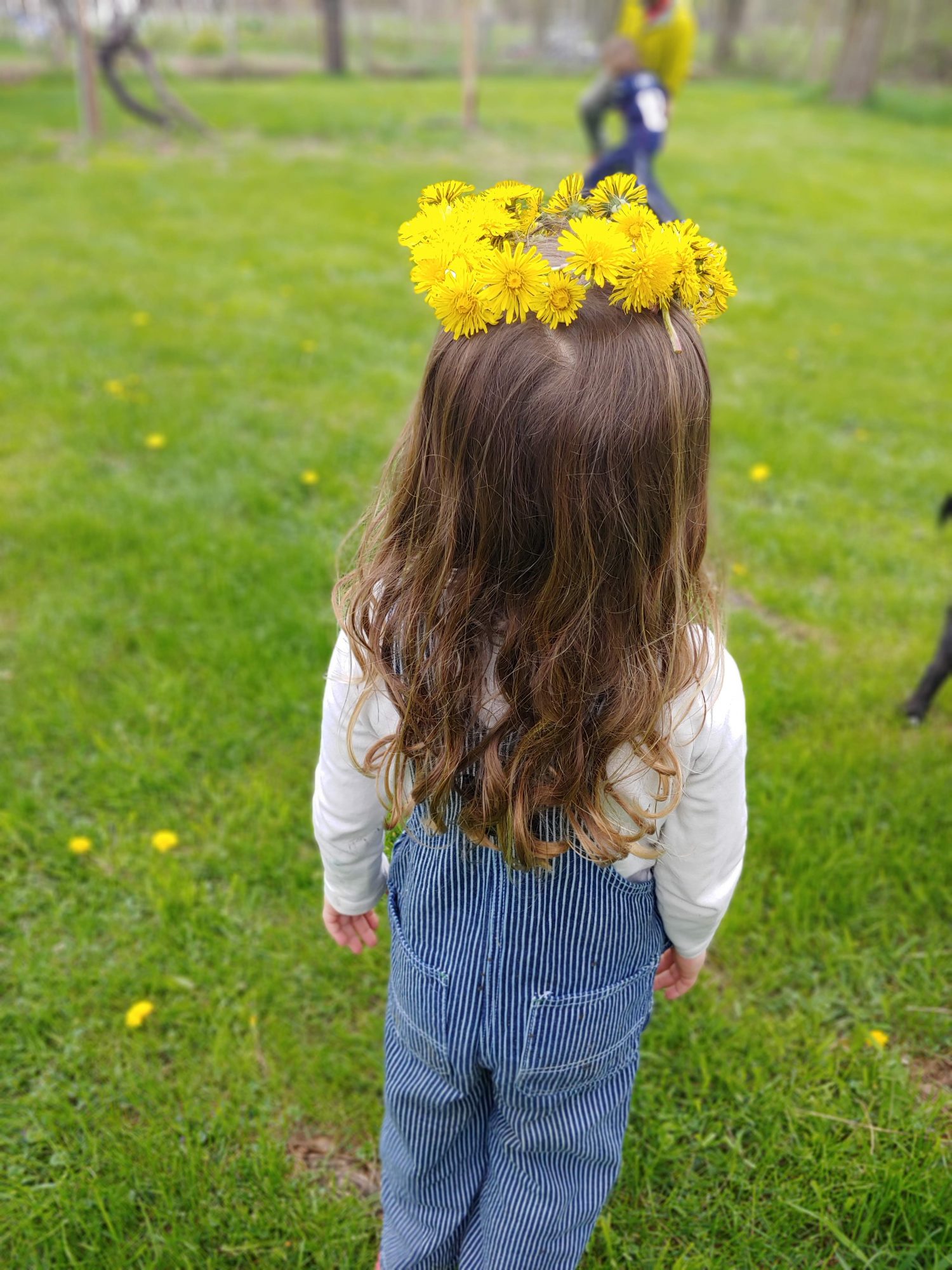
Dandelions are awesome for making crafts. You can make beautiful crowns out of them.
6. Make a Salve

Dandelions can be used to make a salve or balm. When made into a balm or salve, oils infused with dandelion flowers can treat eczema and other skin conditions.
7. Can Treat Pain and Inflammation
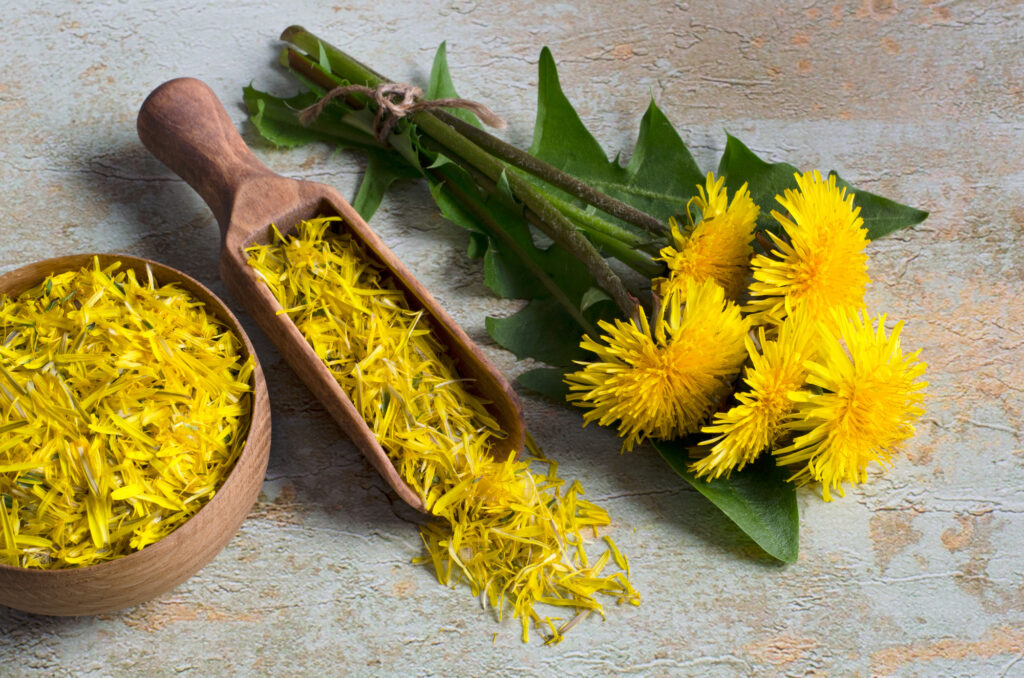
When used topically, dandelions can help to relieve pain and inflammation. The milky sap from the stem can be used to treat warts, while the leaves can be made into a poultice to reduce swelling.
8. Rich Source of Antioxidants
Dandelions are also a rich source of antioxidants, which can help to protect the body against disease.
9. Makes an Excellent Tea
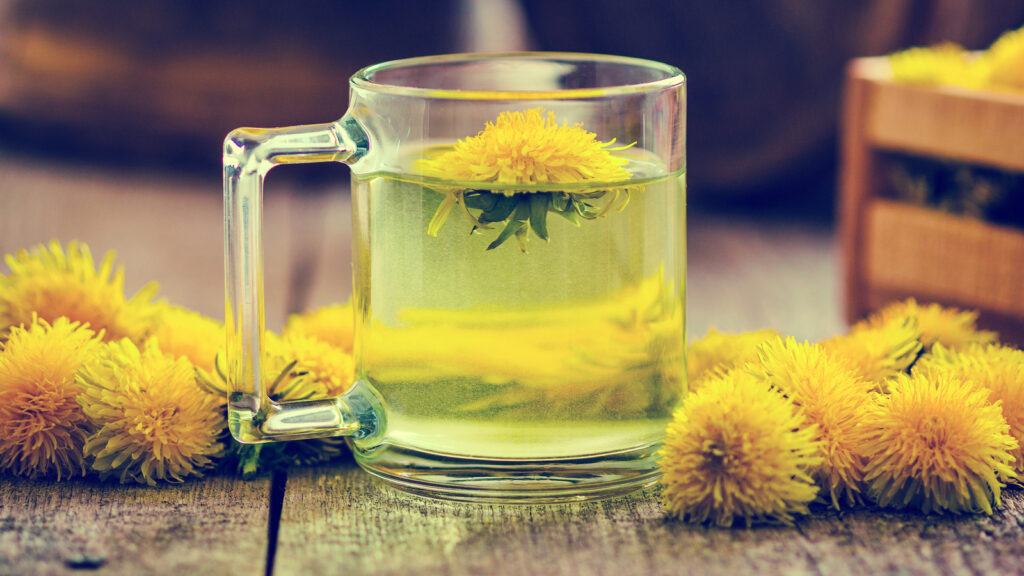
Dandelion can be used as a tea. Make dandelion tea to help to soothe the digestive system.
21 Herbal Tea Recipes to Boost Your Morning
10. Used as a Garnish
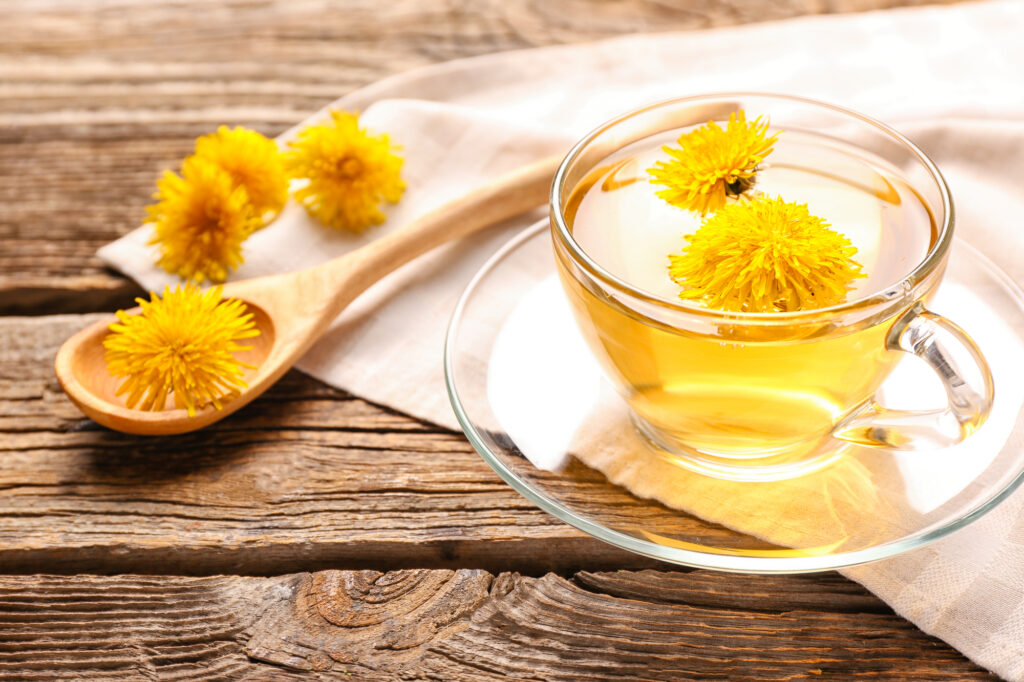
Decorate your favorite beverage with a dandelion garnish. This will be a show stopper
11. Addition to a Salad
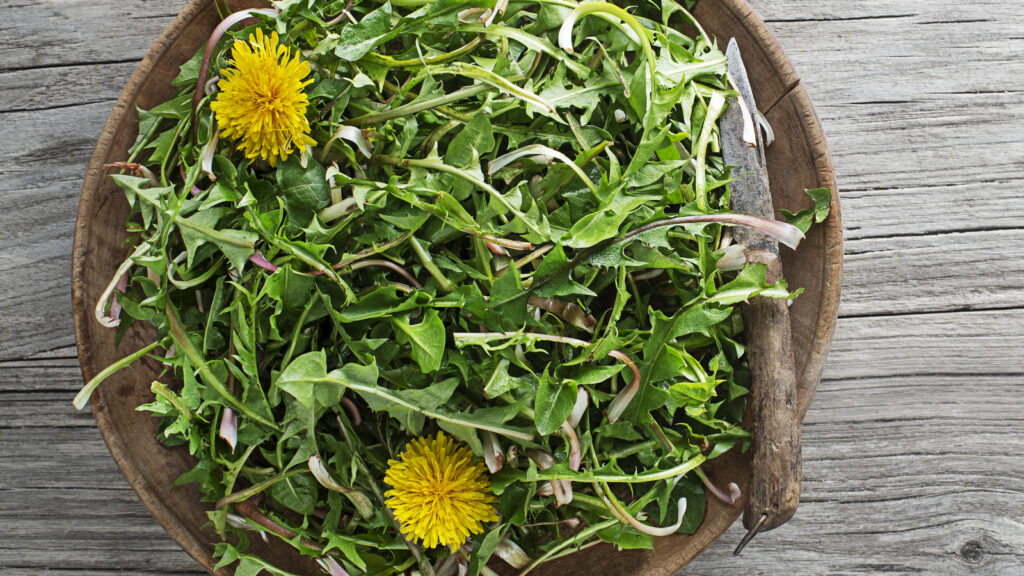
The entire dandelion plant, from root to flower, is edible. Add it to your favorite salads or cook it with other greens. The taste of dandelion greens has been described as “peppery” or “bitter.”
24 Spring Salad Recipes That Are Anything But Boring
12. Make Wine
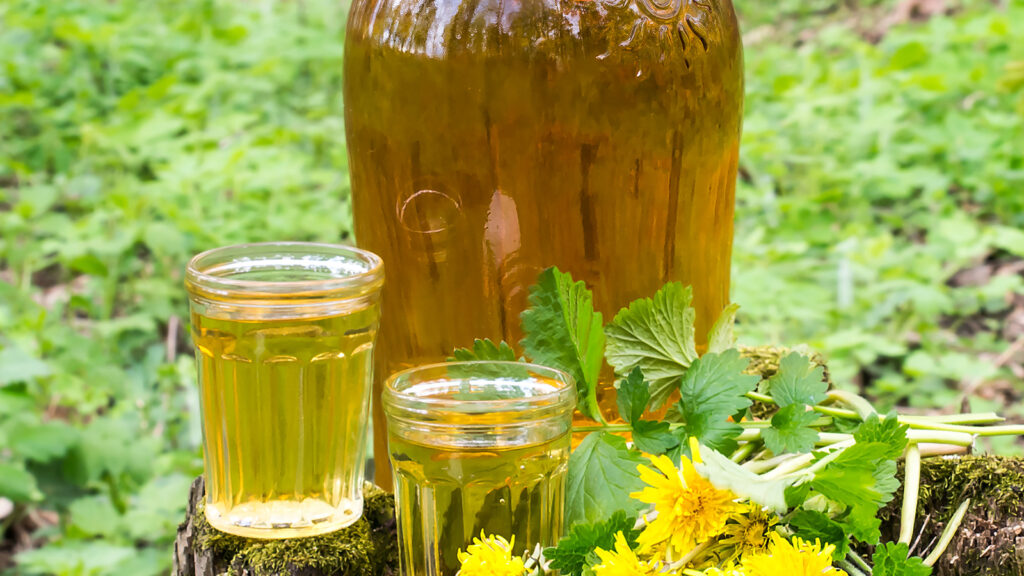
Dandelion wine is made by fermenting the flowers and has a sweet, honey-like flavor.
13. The roots can be roasted and ground into coffee
14. Boiled and eaten like carrots.
15. Make dandelion beer.
16. Add to the Beauty of Your Garden

Dandelions look beautiful when they are in bloom!
17. Make a Tinture
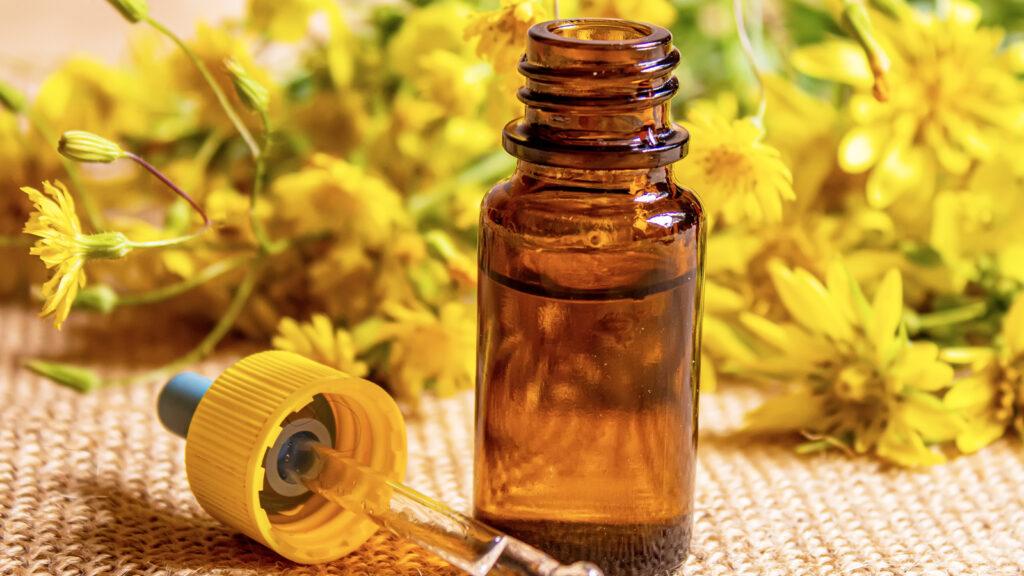
Whether you use vinegar or alcohol, you can create a dandelion tinture using the entire dandelion plant. All you have to do is chop up the dandelion and soak it for a few weeks.
How to Harvest Dandelions
The best time to harvest dandelions is in the spring or early summer when the leaves are young and tender. You can also harvest the flowers, which are typically in bloom from May to June. To harvest the roots, it is best to do this in the fall after the first frost. This is when they are at their sweetest and most nutritious.
When harvesting dandelions, only take what you need from each plant. This will ensure that the plant can regrow and continue to support local wildlife.
Are dandelions weeds?
The dandelion is a plant that has been cherished and reviled throughout history. For some, its bright yellow flowers are a cheerful sign of spring, while for others, its aggressive growth habit makes it nothing more than a weed.
Can you eat dandelions?
Dandelions are one of the most versatile plants around. Every part of the plant can be eaten and used in some way, making it a valuable resource for anyone looking to live a more sustainable lifestyle.
Other topics you might like:
Whether you want to add them to your diet or use them for their medicinal benefits, dandelions are a valuable resource. Leaving them is also a friendly thing to do for your local pollinators. So next time you see them in your yard, don’t reach for the weed killer – reach for a basket instead.
What are some other ways you like to use dandelions? Let us know in the comments!

